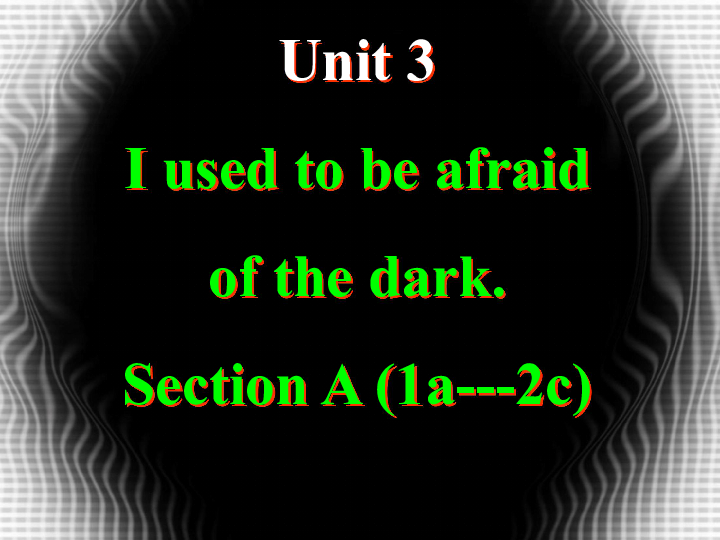"Discover the Best Pet Fence: Top Options for Keeping Your Furry Friends Safe"
#### Best Pet FenceWhen it comes to ensuring the safety and freedom of your beloved pets, finding the best pet fence is crucial. A good pet fence not only p……
#### Best Pet Fence
When it comes to ensuring the safety and freedom of your beloved pets, finding the best pet fence is crucial. A good pet fence not only provides a secure environment for your pets to roam but also gives you peace of mind. In this guide, we will explore various types of pet fences, their features, and what to consider when choosing the best one for your furry companions.
#### Types of Pet Fences
There are several types of pet fences available on the market, each with its own set of advantages and disadvantages. The most common types include:
1. **Traditional Wooden Fences**: These fences offer a classic look and can be customized in height and design. They are sturdy and provide a solid barrier against escape, but they require regular maintenance to prevent rot and decay.
2. **Chain Link Fences**: Chain link fences are durable and cost-effective. They allow visibility while keeping pets contained. However, they may not be suitable for small pets that can slip through the gaps.
3. **Vinyl Fences**: Vinyl fences are low-maintenance and resistant to weather conditions. They come in various styles and colors, making them an aesthetically pleasing option. However, they can be more expensive than other materials.
4. **Electric Fences**: These fences use a mild shock to deter pets from crossing the boundary. They can be effective for training but require careful installation and monitoring. It's essential to ensure that your pet is comfortable with the system.
5. **Invisible Fences**: These systems use a buried wire to create a boundary that pets learn to avoid. They are great for preserving the look of your yard, but they require training and may not be suitable for all pets.
#### Factors to Consider When Choosing the Best Pet Fence
When selecting the best pet fence for your needs, consider the following factors:
- **Pet Size and Behavior**: Different pets have different escape tendencies. Larger and more energetic pets may require taller and sturdier fences, while smaller pets may need a fence with smaller gaps.

- **Yard Size**: The size of your yard will influence the type of fence you choose. Larger yards may benefit from electric or invisible fences, while smaller spaces might be well-suited for traditional or vinyl fences.
- **Local Regulations**: Before installing a fence, check your local zoning laws and regulations. Some areas have specific requirements regarding fence height, materials, and placement.
- **Budget**: Fencing can vary significantly in cost. Determine your budget beforehand and explore options that fit within it. Remember to factor in installation costs if you plan to hire professionals.
- **Aesthetics**: The appearance of the fence is important, especially if you want it to complement your home and landscape. Consider the color, style, and material that will best suit your property.
#### Installation and Maintenance

Once you’ve chosen the best pet fence, proper installation is key to its effectiveness. Whether you opt for a DIY approach or hire professionals, ensure that the fence is installed securely and meets the necessary safety standards. Regular maintenance is also essential to keep the fence in good condition. Check for any damages, rust, or loose panels, and address these issues promptly to ensure your pets remain safe.
#### Conclusion
Investing in the best pet fence is an important step in providing a safe and secure environment for your pets. With various options available, it’s essential to consider your pet’s needs, your yard’s characteristics, and your budget. By doing so, you can choose a fence that not only keeps your pets safe but also enhances the beauty of your home. Remember, a happy pet is a safe pet!
